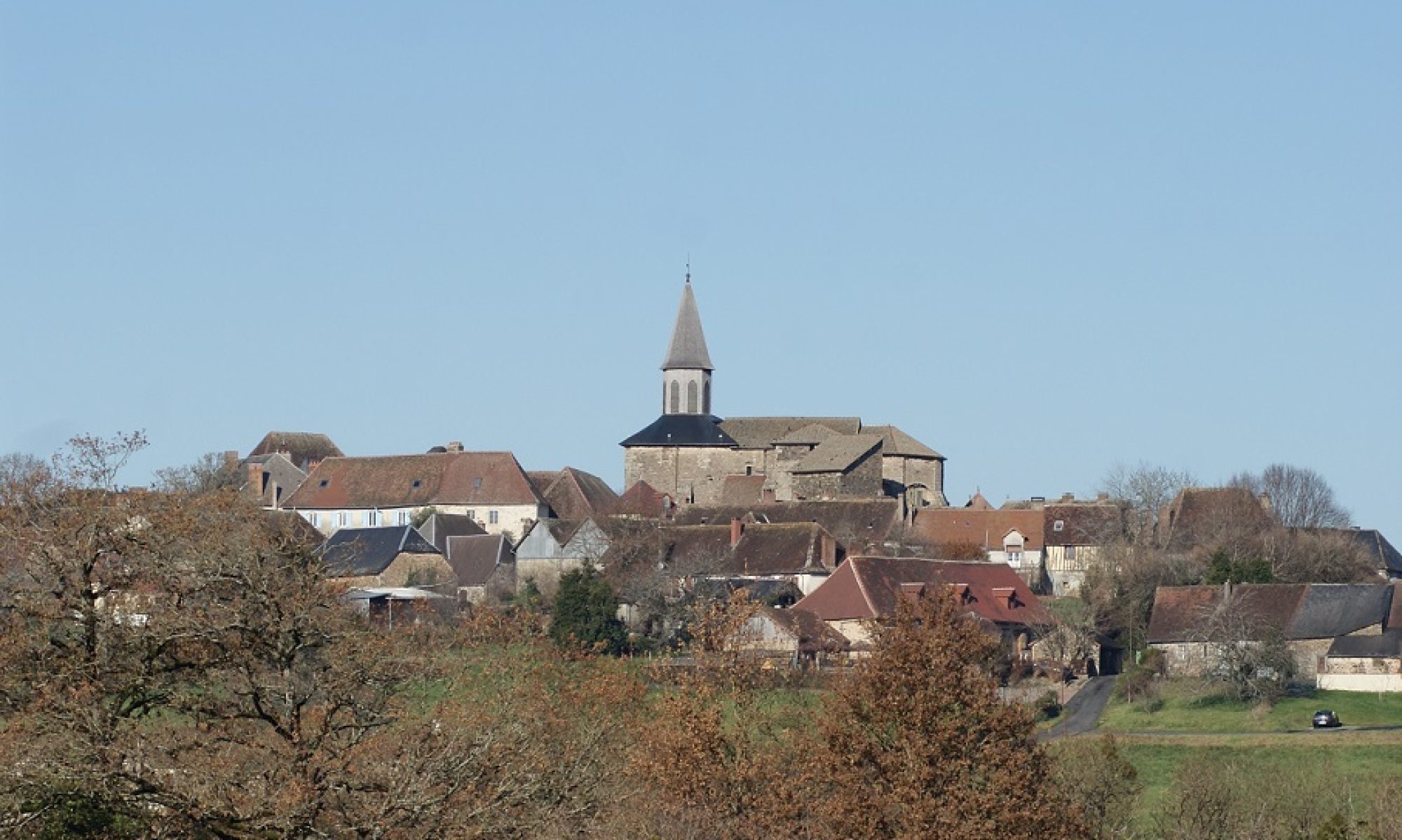A Defensive Tower
Located on the southeastern edge of the enclosure, close to the collegiate church, this tower once guarded one of the entrances to the medieval town.
Now standing 15 meters high, the tower has lost its upper section. It was likely topped with battlements and a roof—typical features of medieval defensive towers—suggesting that at least one additional storey has disappeared.
The lowest level of the tower served as a cul-de-basse-fosse (a type of dungeon). Access to the upper floor was via a high doorway; a wooden balcony once allowed for the placement of a ladder or footbridge. The second floor included a projecting latrine, a system commonly found in other regional structures, suggesting the tower may also have served as a residence.
Built of schist and gneiss using masonry techniques typical of the Limousin region, the tower does not exhibit any architectural or stylistic features that allow for precise dating. No medieval documents explicitly mention its construction. However, historians place its origin between the late 13th and early 14th centuries.
Despite its proximity to the collegiate church, the tower does not appear to have been directly linked to it. The two buildings were likely neither built at the same time nor designed in relation to one another.
The tower may represent a symbol of seigneurial authority, possibly linked to the first known lord, Pierre de Châteauneuf, documented in 1263.
It is also possible that the tower was not part of the lord’s residence, but rather belonged to a family of knights responsible for guarding the entrance to the enclosure.
A Prison Tower
Archival records show that the tower was repurposed as a prison as early as the 18th century.
A new ground-floor entrance was opened, providing access to small cells lit and ventilated by barred windows. This transformation marked the shift from a defensive structure to a place of confinement.
In time, the tower revealed its limitations. In 1832, the municipal council complained of “excessive expenses” in attempting to repair the building, which remained barely functional. There was no housing for a guard, nor any sanitation for the inmates. Conditions were extremely poor: up to six prisoners could be confined together in a single room, sometimes including both men and women. A 1846 resolution confirms the existence of just one shared cell.
The tower was saved from demolition around 1860, when a prefect from Limoges opposed the reuse of its stones for school construction.
Beginning in 2020, the tower became the subject of detailed study and restoration.
In 2022, the Archéa association conducted an archaeological survey that provided new insights into the tower’s prison period. Excavations uncovered two coins dated 1704—one bearing a cross and the other fleurs-de-lis—as well as a fragment of a pipe.
Source: Christian Remy, medievalist, and Yann Giry, archaeologist.

